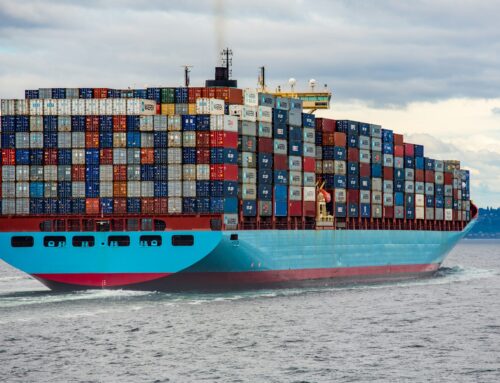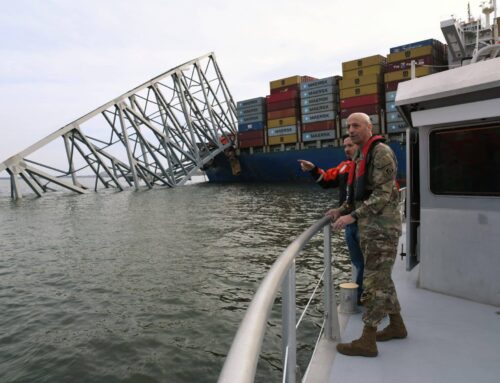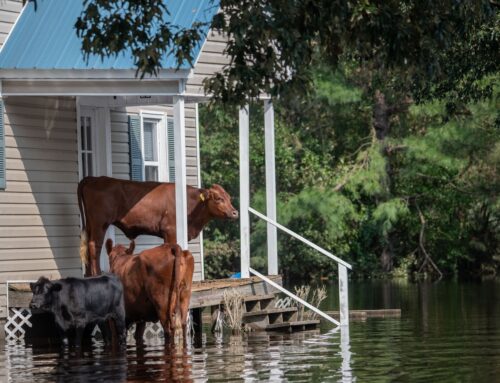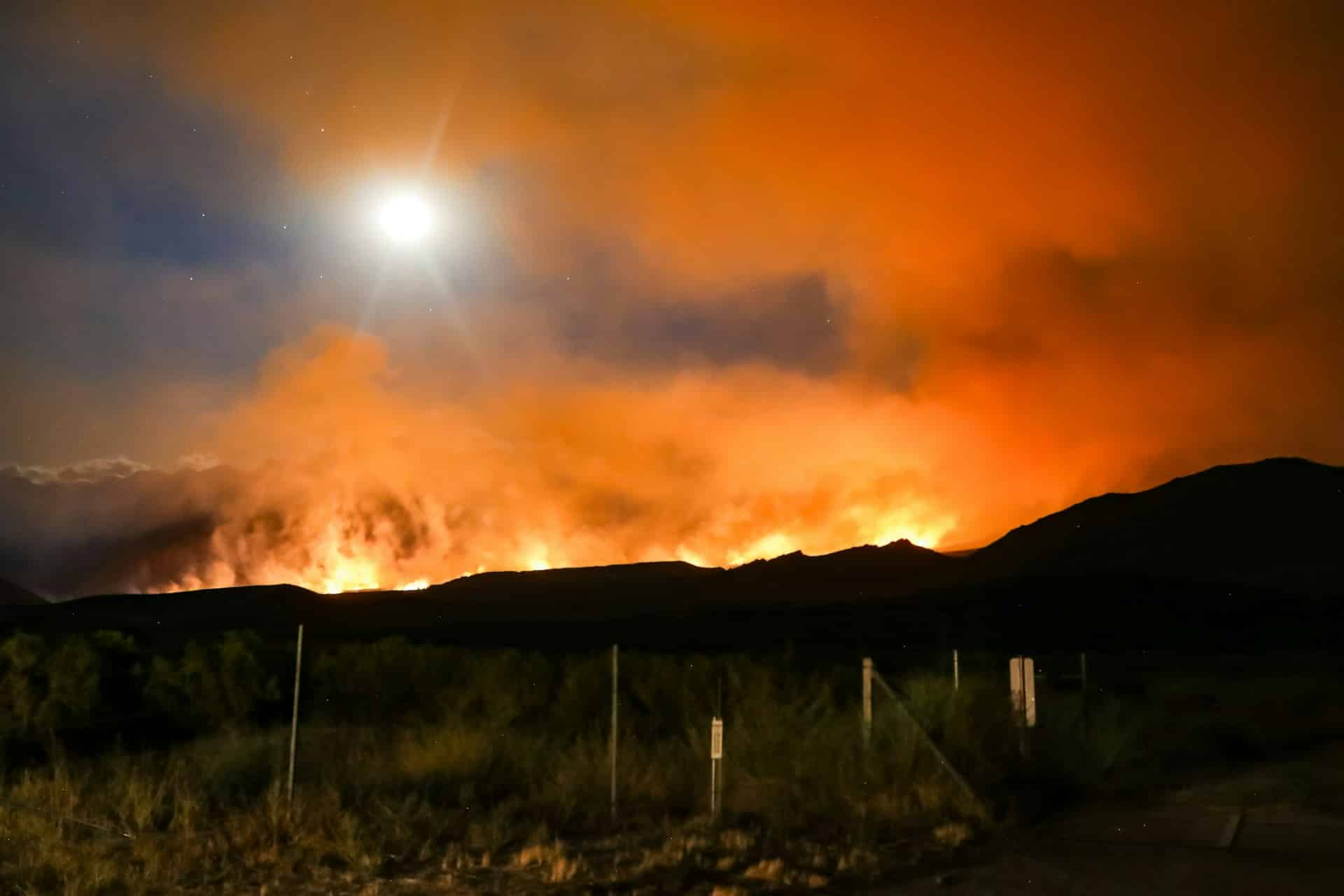The Essential Air Service (EAS) is a federal subsidy program created in the 1970s as part of airline deregulation. Though the program was intended to be temporary, taxpayers across the nation now spend more than $200 million each year so that a privileged few in just 117 communities can be guaranteed convenient air service.
Taxpayers for Common Sense (TCS) has done a comprehensive review of all current Essential Air Service (EAS) program agreements, which are based on proposals made by individual airlines to the Department of Transportation. The airlines lay out the terms they would require to provide service to what would be an otherwise unprofitable market.
One interesting aspect to consider when looking at the EAS data is which airports are likely to be effected as a result of the air program reauthorization signed into law in 2012. That law changed the EAS eligibility rules to receive subsidized service. At present, to be eligible, an airport or community must1:
- Be 90 or more miles from the nearest medium or large hub airport.
- Average 10 or more enplanements per day (this requirement does not apply if the airport is 175 miles or more from a medium or large hub airport).
- Require a subsidy of less than $1,000 per passenger.
- Have received subsidized air service between September 30, 2010 and September 30, 2011.
These requirements (in particular #4) have reduced the number of eligible communities to 121. When airline deregulation became law in 1978, it made eligible for subsidized service any community that, at the date of enactment, either received air service or was eligible to receive air service but such service was suspended. As a result, 480 communities (again, not including Alaska or Hawaii) were originally eligible. Now it is 121. At present, 117 of these receive subsidized service.
The first requirement pre-dates the recent changes, and though there are some airports that could be argued are within 90 miles of a hub, any airports this would eliminated have ostensibly been removed from the program already.
The enplanement requirement (#2) and subsidy cap (#3) –new as of the 2012 reauthorization – could potentially pare down the list of subsidized airports in the coming months and years. To date, only one airport – in Ely, Nevada – has lost its service due to these requirements. At the time, Ely had the distinction of the highest per passenger subsidy (a whopping $3,720) of all EAS airports, so it seems appropriate that it would be the first to lose its service. (See the U.S. DOT doc for this decision)
These nine communities had less than 3,650 enplanements in 2011, and are within 175 miles of a large or medium hub airport. By the new rules passed by Congress, they would not be eligible for future subsidies if they do not get above the 10 enplanements per day threshold:
| EAS Community | Airport | 2011 Enplanements | Nearest Large/Med. Hub | Distance (mi.) to Hub |
|---|---|---|---|---|
| Jamestown, NY | Chautauqua County-Jamestown Airport | 3,483 | Greater Buffalo Int'l, NY (M) | 76 |
| Merced, CA | Merced Municipal Airport-Macready Field | 3,181 | San Jose Int'l, CA (M) | 114 |
| Bradford, PA | Bradford Regional Airport | 2,908 | Greater Buffalo Int'l, NY (M) | 76 |
| Athens, GA | Athens-Ben Epps Airport | 1,655 | Hartsfield Int'l, Atlanta, GA (L) | 72 |
| Franklin/Oil City, PA | Venango Regional Airport | 1,284 | Greater Pittsburgh Int'l, PA (L) | 86 |
| Jonesboro, AR | Jonesboro Municipal Airport | 989 | Memphis Int'l, TN (M) | 79 |
| Kingman, AZ | Kingman Airport | 975 | McCarran Int'l, Las Vegas, NV (L) | 103 |
| Macon, GA | Middle Georgia Regional Airport | 917 | Hartsfield Int'l, Atlanta, GA (L) | 81 |
| Jackson, TN | McKellar-Sipes Regional Airport | 484 | Memphis Int'l, TN (M) | 85 |
In addition, there are three communities that require a subsidy of more than $1,000 to support air service at their location. These would also not be eligible:
| EAS Community | Airport | Calculated Subsidy |
|---|---|---|
| Lewistown, MT | Lewistown Municipal Airport | $1,904.79 |
| Miles City, MT | Miles City Airport-Frank Wiley Field | $1,372.10 |
| Jackson, TN | McKellar-Sipes Regional Airport | $1,187.71 |
At the end of March, Lewistown and Miles city received word that their service is slated to be terminated as a result of their required subsidy level exceeding $1,000. (See the U.S. DOT doc for this decision)
Though Congress believes these changes to the EAS program solve its greatest ills, the result would be only a tiny cut to the program. Eliminating service at these 11 airports would save $17 million, less than a ten-percent cut in the overall size of the program. Rapid cost escalation in recent years could itself wipe out these potential savings in future years, leaving taxpayers worse off than they are currently.
TCS has been calling for the elimination of EAS for many years, and there is no time like the present to get rid of this wasteful and unnecessary program. We are not alone in our opposition. Last year, during debate over the authorization of the nation’s air program and transportation appropriations bill, several members of Congress called for the program’s elimination, and an amendment to eliminate the EAS program received bipartisan support in the House. The Washington Post editorial board recently stated the EAS program should be zeroed out in favor of funding other, well, more essential federal programs.
Simply put, the EAS program has long outlived its intended purpose and needs to be eliminated.
—
1. None of these requirements apply to Alaska or Hawaii.














Get Social